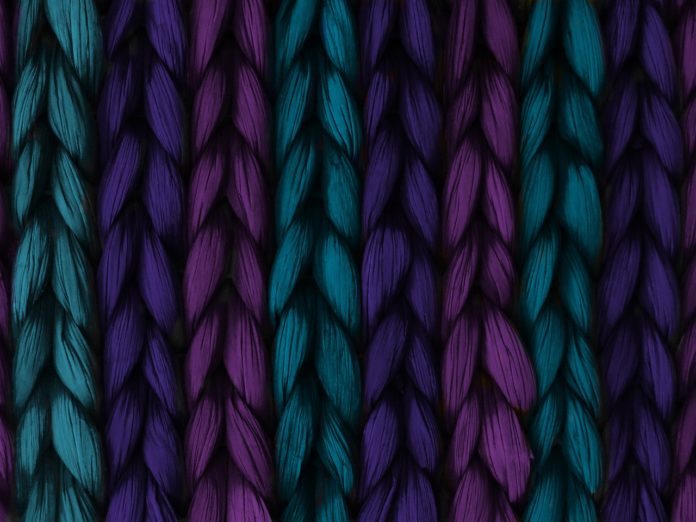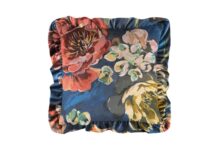Braiding is deemed to be more momentous for industrial fabrics as opposed to consumer textiles. Its ever-increasing applications in the society have made it a major manufacture method for everything related to the reinforcement of composite structures.
Some of the limitations associated with the stitching, knitting, and weaving processes include:
- Limited strength when it comes to the primary loading direction
- Poor shear resistance
- Inability to produce complex shaped items
You can easily overcome these shortcomings by adapting braiding. Braiding occurs when a braid manufacturer intertwines different yarns in varying directions to suit their needs.
The process initially began as a handicraft that was used in constructing decorative fabrics.
The limitations mentioned above made braiding the go-to method for those in the composite manufacturing industry. Lace making, which was a domestic art practiced in the seventh century is generally considered as the start of narrow fabric production.
An increasing need for tapes in laces, ribbons, and electrical uses is credited with making it one of the leading industries. The braid supplier and manufacturer replaced the manual efforts with the more advanced narrow width looms.
Today, there are certain trends towards knitting using crotchet methods in certain aspects of narrow fabric production. When it comes to foundation wear, you will find that the trend typically points towards light-weight sheer items.
For the braid manufacturer, it means that the bindings should always be kept light. Fashion trends also get to dictate the kind of colored yarns that ought to be incorporated by the manufacturer. Many have found the crotchet knitting machines to be the best for this kind of work. The machines have also gone on to replace many of the traditional braiding machines.
Types of Braiding
There are only two types of braiding: 2 and 3-dimensional braiding. The 2-dimensional braid structure can either be a flat or circular braid. The 3-dimensional type of braiding is rather new and was invented by the braid supplier to help with composite structures. Even though the flat and circular braids tend to have some form of thickness, they are rather small as compared to the 2-dimensions. As such, many view them as two-dimensional braiding.
Two-dimensional braiding
The 2-dimensional flat or circular braid is normally formed by crossing different yarns in a diagnostic manner. What this means is that each yarn gets alternately pass under or over the other available yarns. Common designs under this form of braiding include:
- Hercules braids: 3/3 intersection repeat
- Regular braids: 2/2 intersection repeat
- Diamond braids: 1/1 intersection repeat
Circular braiding
Round or tubular braids are typically formed hollow or about a center core. The machine responsible for this type of braiding normally consists of 2 sets of holding an even sum of spools.
The spools are responsible for holding the braiding yarns. One of the sets runs in a clockwise manner as it revolves around the machine with the other set running in counterclockwise directions.
As they continue to revolve in contradictory directions, the carriers get diverted to alternately pass under and over each other. The clockwise and anticlockwise movements force the two yarn sets to start intersecting. A tubular or circular braid is then manufactured.
You should note that the yarns get collected above the pivot of this tubular track. This is where the bobbins travel. In some instances, the circular braiders are also referred to as the Maypole braiders. This is because the movements they make are very similar to that of the maypole dance.







